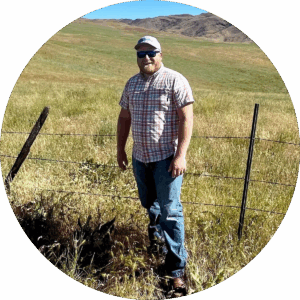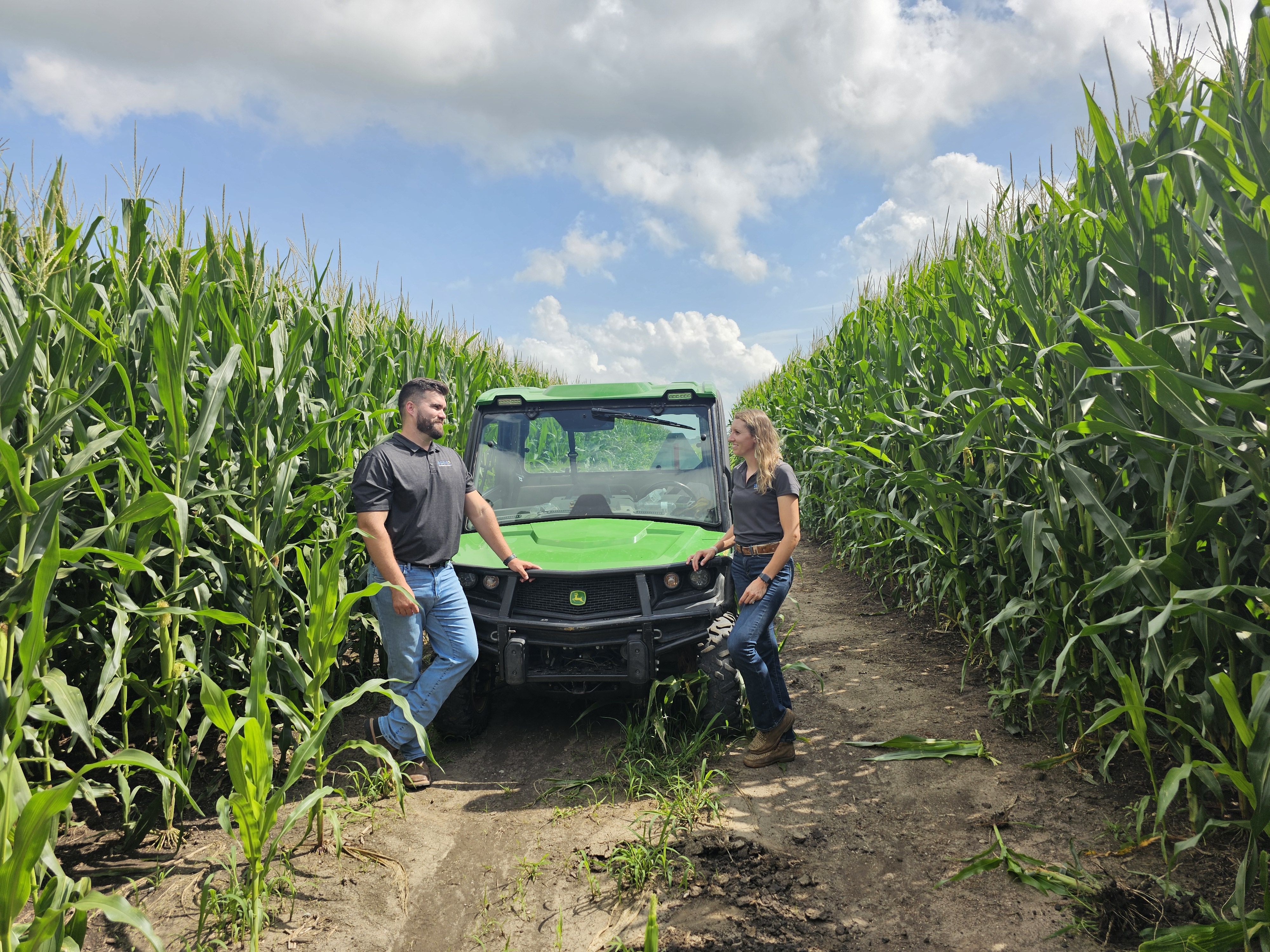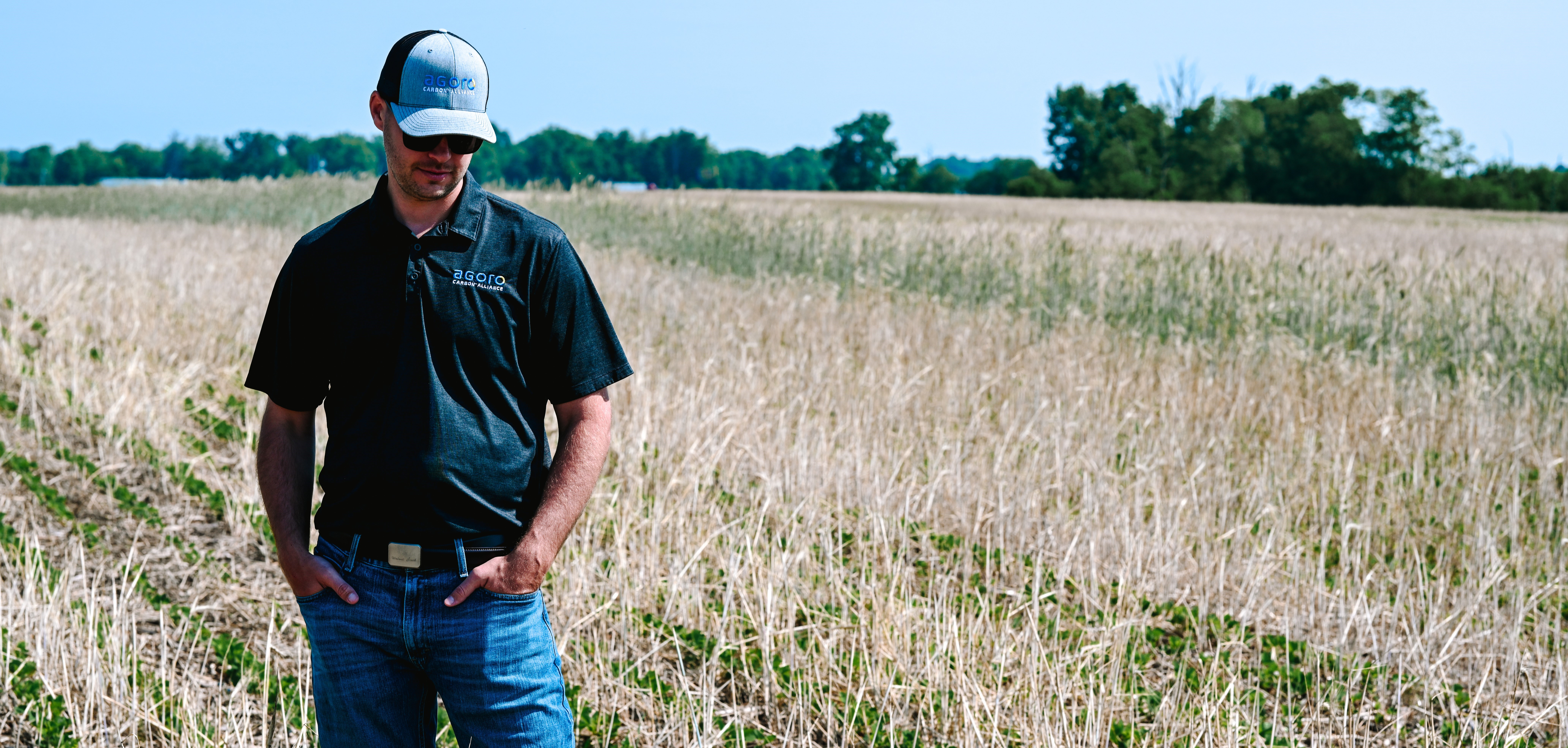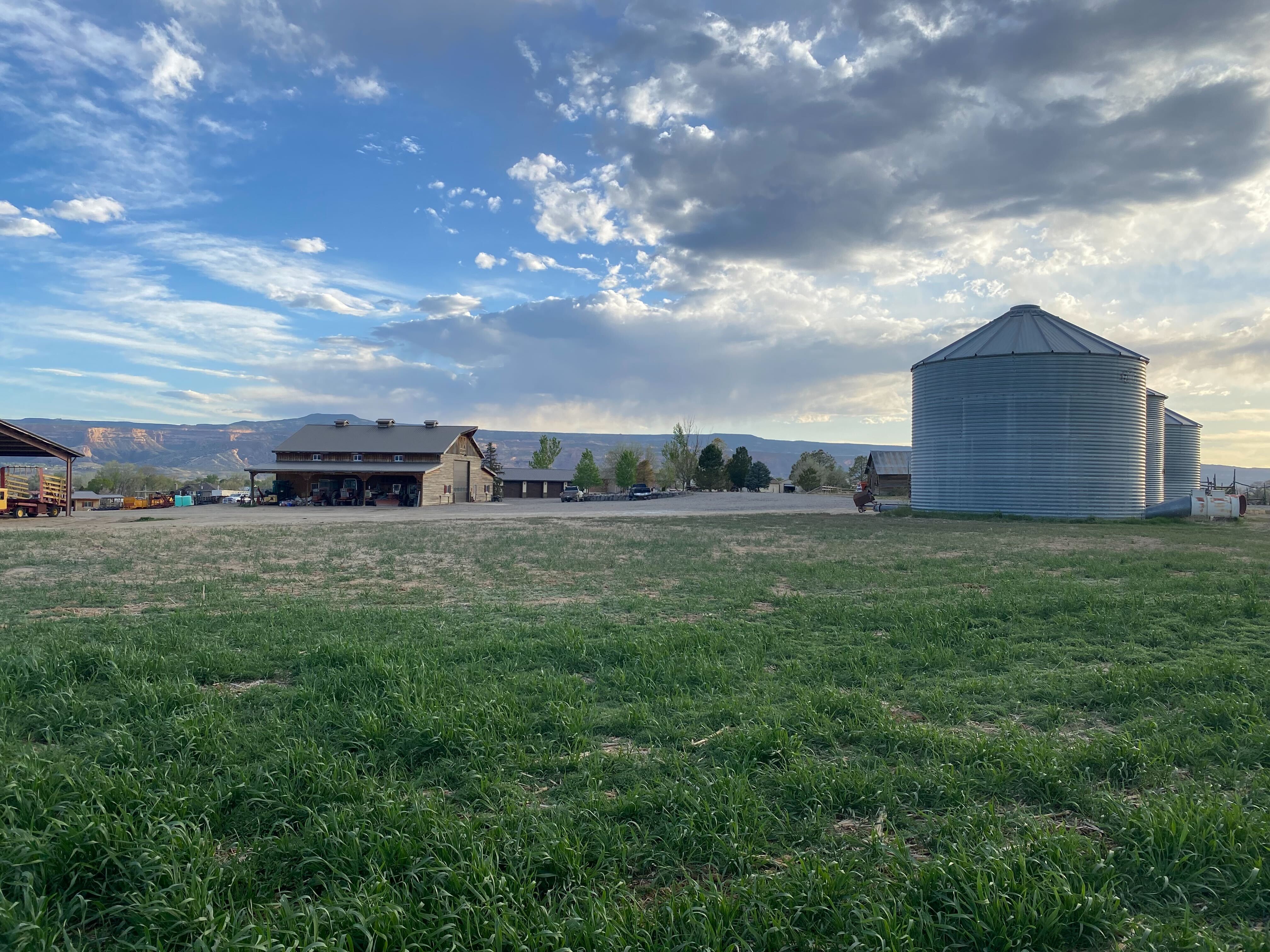There’s always a lot of discussion in the Pacific Northwest (PNW) about tillage—especially in the Snake River Plain and Utah. The Snake River Plain, primarily located in Idaho, stretches about 400 miles westward from northwestern Wyoming to the Idaho-Oregon border. Many producers want to take that first step toward reducing tillage to improve soil health but hesitate due to perceived barriers. Common concerns I hear include:
- “No-till equipment is expensive.”
- “Weed suppression is tough.”
- “Growing seasons are shorter.” (Southern Idaho)
- “Yield loss in the first few years.”
- “An overall reluctance to try new practices.”
In this article, I aim to address some of these objections and make a brief case for the benefits of no-till and reduced tillage in Idaho and Utah.
The Value of Soil Structure
We know how crucial soil structure, microbiology, and organic matter are. While a well-prepared seedbed is important for germination, nothing degrades soil faster than heavy tillage—or, in southeastern Idaho’s case, wind erosion. It takes roughly a thousand years to form just one inch of topsoil, yet a single windy spring can strip away several inches if fields aren’t managed properly.
Soil composition is approximately:
- 50% water and air (pore space)
- 45% minerals
- 5% organic matter (Vanek, Fig. 5.1.1)
Good soil structure is also vital for healthy soils. Without stable aggregates, pore space suffers, compromising nutrient management, carbon storage, and aeration. Reduced tillage or no-till practices help preserve this structure.
Additional Benefits of No-Till
Beyond protecting soil, no-till offers:
- Lower input costs (less equipment use)
- Increased microbiology and organic matter
- Long-term sustainability
Weed suppression remains a challenge, but the benefits outweigh the drawbacks. Solutions like double cropping (cover cropping) can help suppress weeds through competition.
Meet Regenerative Farmer: Tyson Cole
Tyson Cole farms 640 acres in Eastern Idaho, where he’s implemented a suite of regenerative practices aimed at improving soil health and long-term sustainability. His operation includes no-till farming, an extensive cover cropping system featuring a 15-16 species mix (including triticale, oats, beardless barley, kale, collards, daikon radish, sunflowers, clovers, and more), as well as rotational grazing and vertical tillage. His crop rotation includes mixed forages, cereal grains, and corn.
In Eastern Idaho, Tyson sees no-till as a valuable tool for reducing chemical use and managing weed pressure while promoting moisture retention through crop residue. His advice to other farmers: define your goals—whether it’s soil health, water retention, or reducing inputs—and be intentional and patient with your approach.
Since adopting these practices, Tyson has seen a 0.75% increase in soil organic matter, decreased yield losses, and reduced input costs, despite facing some compaction issues. His experience highlights the measurable benefits and practical challenges of transitioning to regenerative agriculture.
“Figure out what you are wanting to accomplish. Whether it’s improved water retention or soil health and stick with what your goals are. Know your context and be deliberate with what changes you are making.” – Tyson Cole, Idaho Farmer
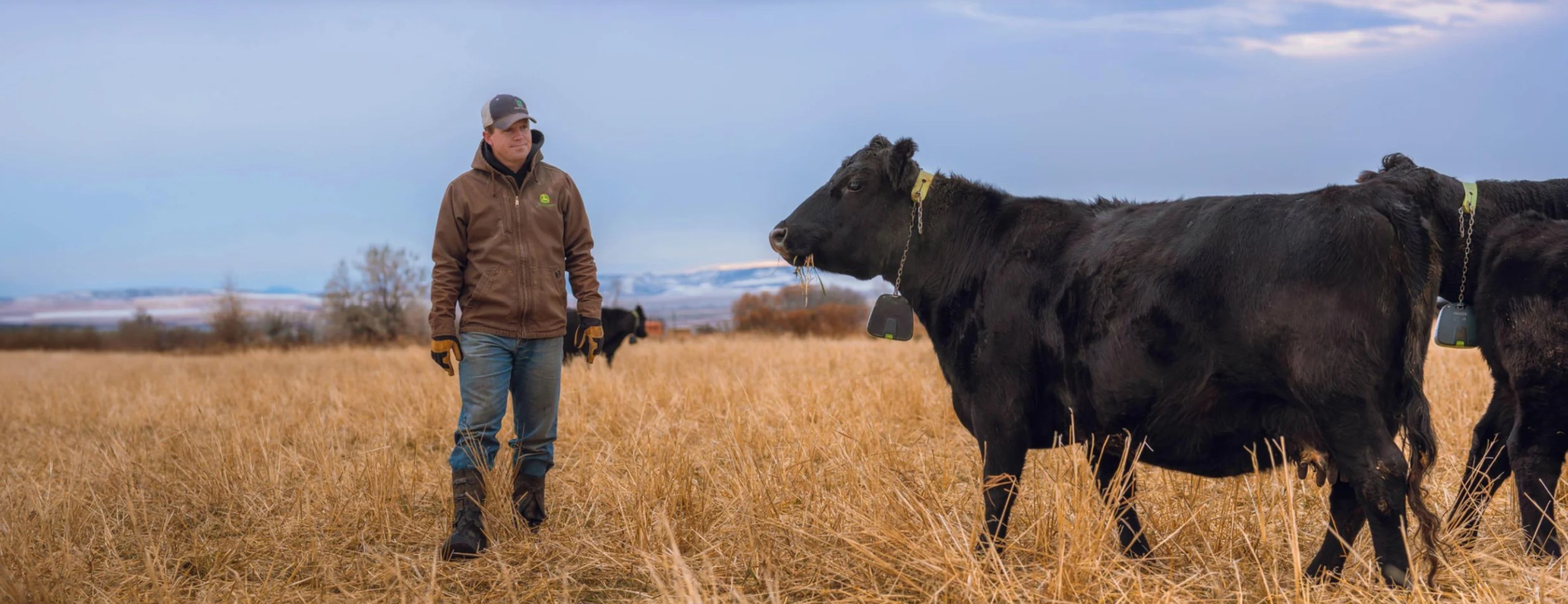
The Biggest Hurdle: Mindset
One of the biggest obstacles I encounter is resistance to change. Many producers are set in their ways, hesitant to adopt progressive methods. It’s easy to focus on the downsides rather than exploring solutions.
Final Thoughts
I’m a strong advocate for reduced tillage or no-till where feasible. While I’d never encourage a producer to take unnecessary risks, I believe sustainable crop production — both financially and agronomically — requires thinking outside the box. My hope is that this discussion sparks interest, gets you thinking, and perhaps serves as a starting point for positive change.
